- You are here:
- Home /
- Products /
- Alloy Steel /
- Super Duplex Stainless Steels /
F61 Duplex Stainless Steel Bar
F61 is a duplex stainless steel alloy combining austenitic and ferritic phases, offering superior corrosion resistance, high strength, and excellent toughness. Its balanced microstructure ensures resistance to stress corrosion cracking (SCC) and pitting, making it ideal for harsh environments.
Chemical Composition (wt%)
Element | Content Range |
C | ≤0.030% |
Si | ≤1.00% |
Mn | ≤1.50% |
P | ≤0.035% |
S | ≤0.020% |
Cr | 21.0–23.0% |
Ni | 4.50–6.50% |
Mo | 2.50–3.50% |
N | 0.08–0.20% |
Parameter | Value |
Diameter Range | 10–300 mm |
Hardness (HB) | 220–290 (Solution Annealed) |
Density | 7.8 g/cm³ |
Yield Strength | ≥250 MPa |
Tensile Strength | ≥650 MPa |
I. Performance Characteristics of F61 Stainless Steel Bar
1. Corrosion Resistance: F61 stainless steel bar contains 16%-20% chromium and 8%-12% nickel, with added elements such as niobium and titanium. This allows it to exhibit excellent corrosion resistance in strong acid, chloride, and high-temperature environments, making it particularly suitable for demanding applications such as chemical and marine engineering.
2. High-Temperature Stability: With a melting point of 1400-1550°C, it maintains oxidation resistance and mechanical strength even at high temperatures, making it suitable for high-temperature components in industries such as petroleum and power generation.
3. Mechanical Properties: Tensile strength ≥500 MPa, yield strength ≥290 MPa, and elongation ≥40%, combining high strength and toughness, making it suitable for withstanding dynamic loads.
4. Processability: It can be formed through cold working (stamping, drawing) and hot working (forging, hot rolling). It exhibits excellent weldability, but requires specialized welding consumables to ensure proper joint performance.
II. Main Application Areas
1. Chemical and Petroleum: Used in reactors, pipelines, valves, etc., resistant to corrosive media and high-temperature, high-pressure environments.
2. Marine Engineering: Manufactured for ship propellers and offshore platform structural components, resistant to seawater corrosion and wear.
3. Food and Medical: Meets hygiene standards and is used in food processing equipment, surgical instruments, and artificial joints.
4. Energy and Construction: Suitable for high-temperature furnace linings and architectural decorative components, combining aesthetics and durability.
Surface Treatment
- Polished: Ra ≤0.8 μm (for high hygiene applications).
- Pickled: Removes oxide layers, enhancing corrosion resistance.
Why Choose Us ?
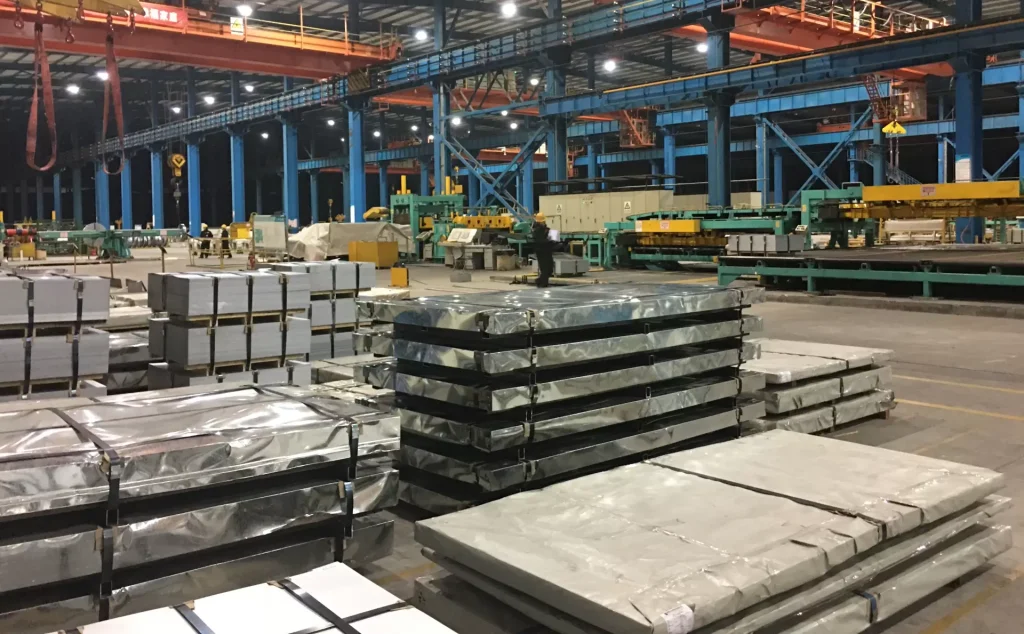
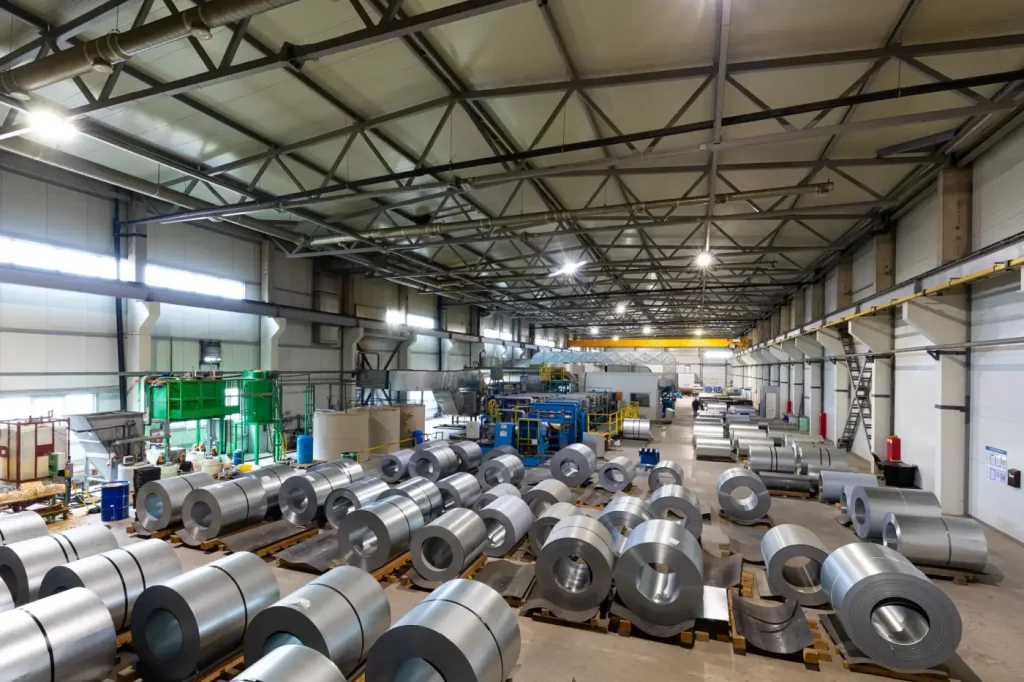
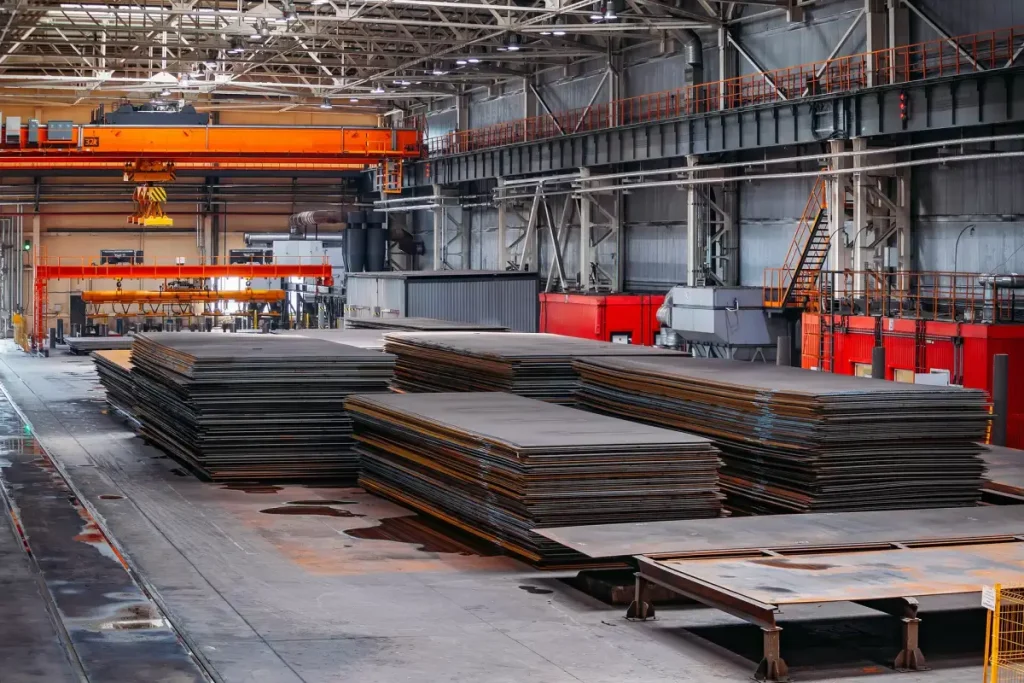
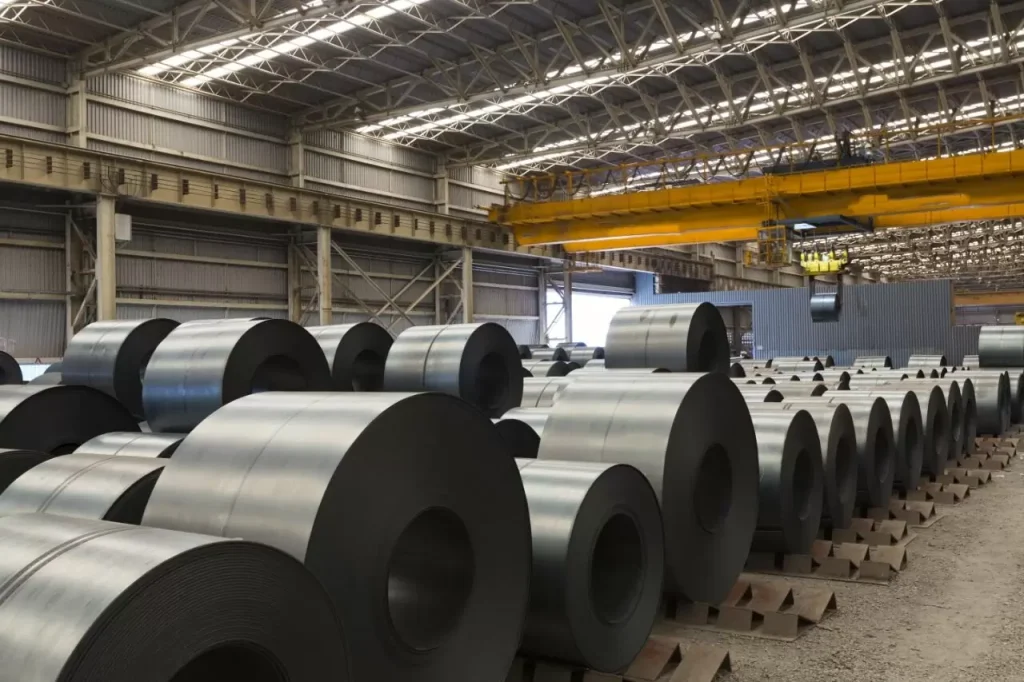
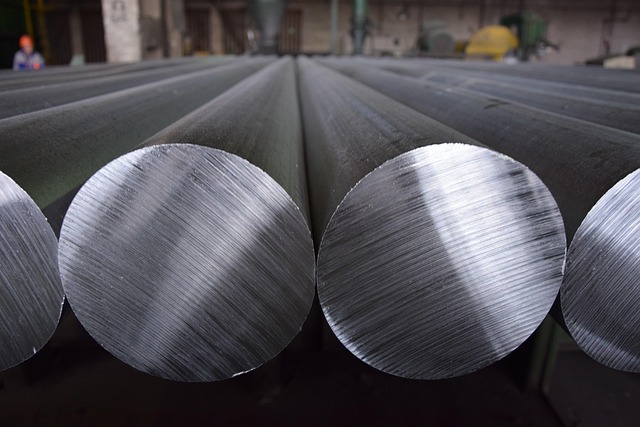
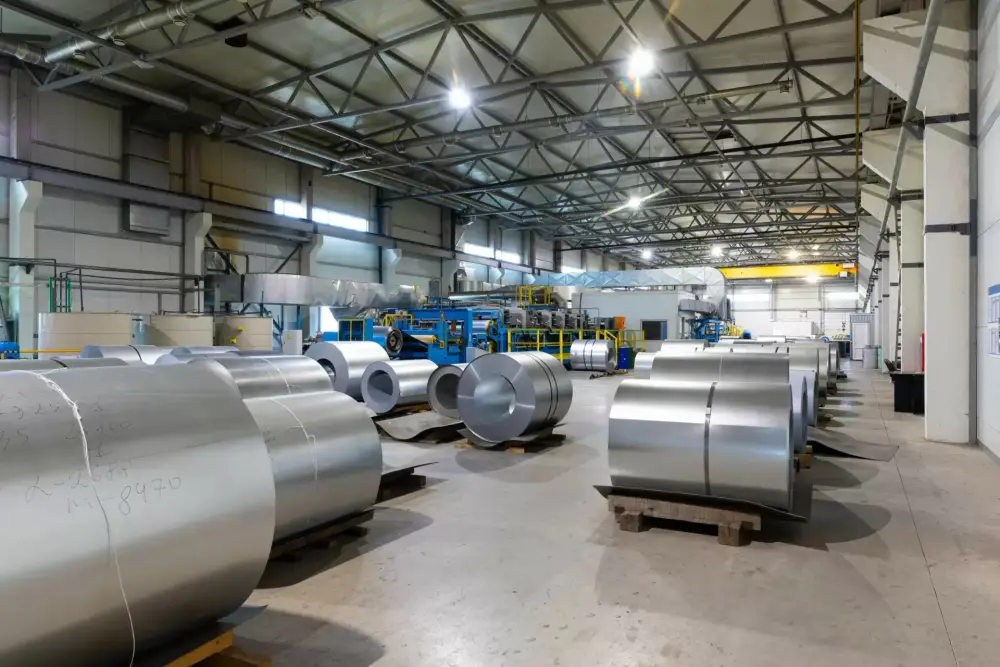
- Certified: Compliant with GB/T 20878 and ASTM A240 standards.
- Quality Control: 100% ultrasonic inspection for internal defects.
- Global Supply: Stock availability in Asia, Europe, and North America.
Applications & Industries
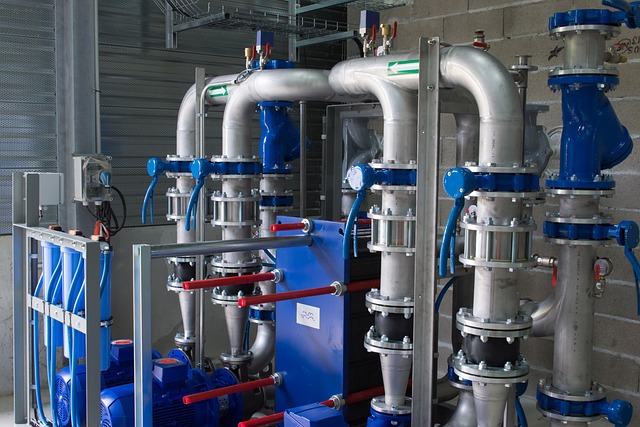
Aerospace:
High-power density actuators.
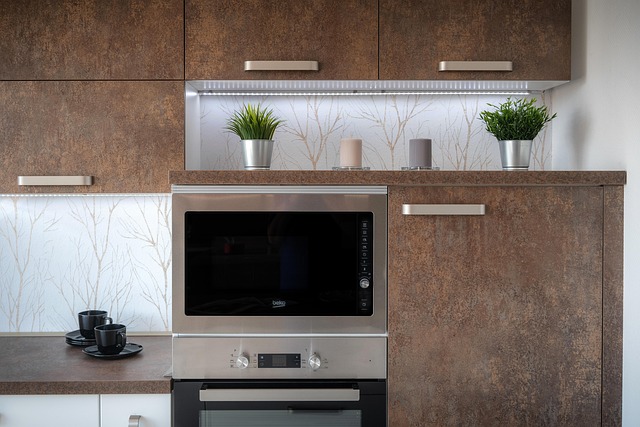
Electronics:
Precision sensors & MEMS components.
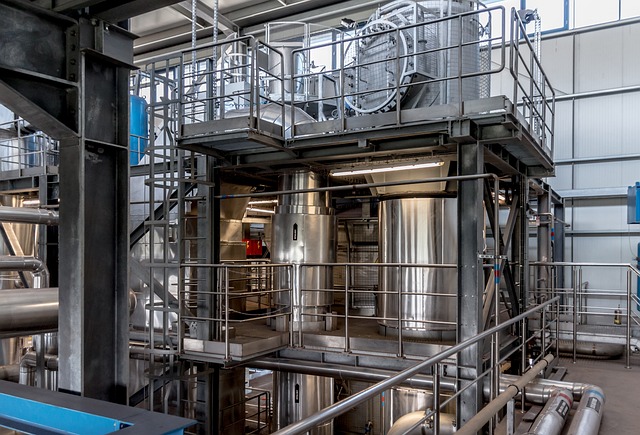
Energy:
Magnetic coupling devices for turbines.
Frequently Asked Questions
Q1: How does F61 compare to 304 stainless steel?
A1: F61 has higher Cr/Mo content, offering better SCC resistance in aggressive media.
Q2: Can F61 be welded?
A2: Yes, but post-weld annealing is recommended to restore corrosion resistance.
Q3: What industries benefit most from F61 rods?
A: Offshore platforms (tension legs), petrochemical pipelines (H2S/CO2 environments), and desalination plants (chloride exposure).
Q4: How does F61 perform in low-temperature applications?
A: Excellent toughness (-46℃ impact energy ≥100J), suitable for Arctic equipment.
Ready to source alloy steel from a trusted Chinese manufacturer?
Let us support your project with reliable quality, fast delivery, and expert service.
Get a quote today — we usually respond within 12 hours.

